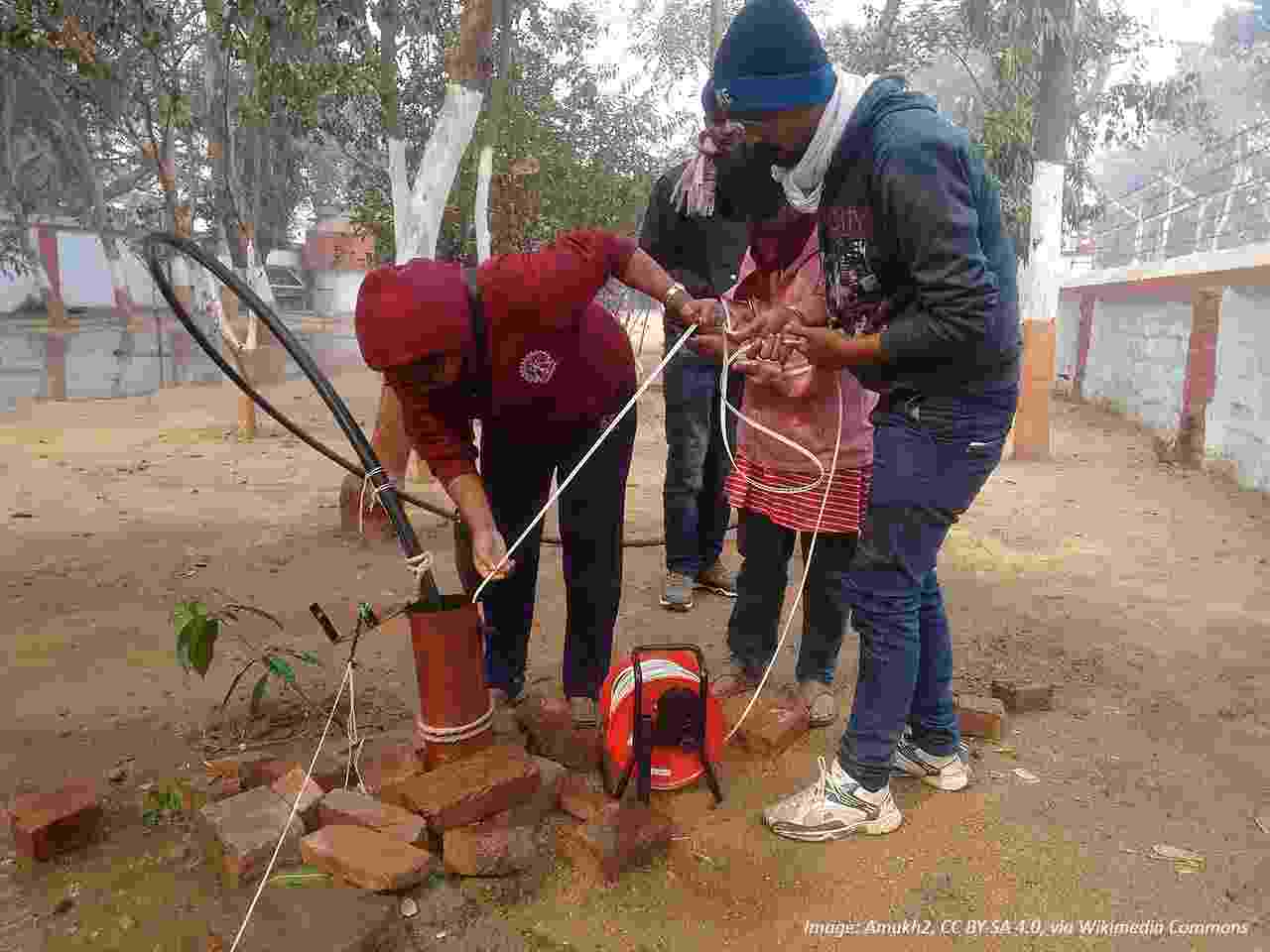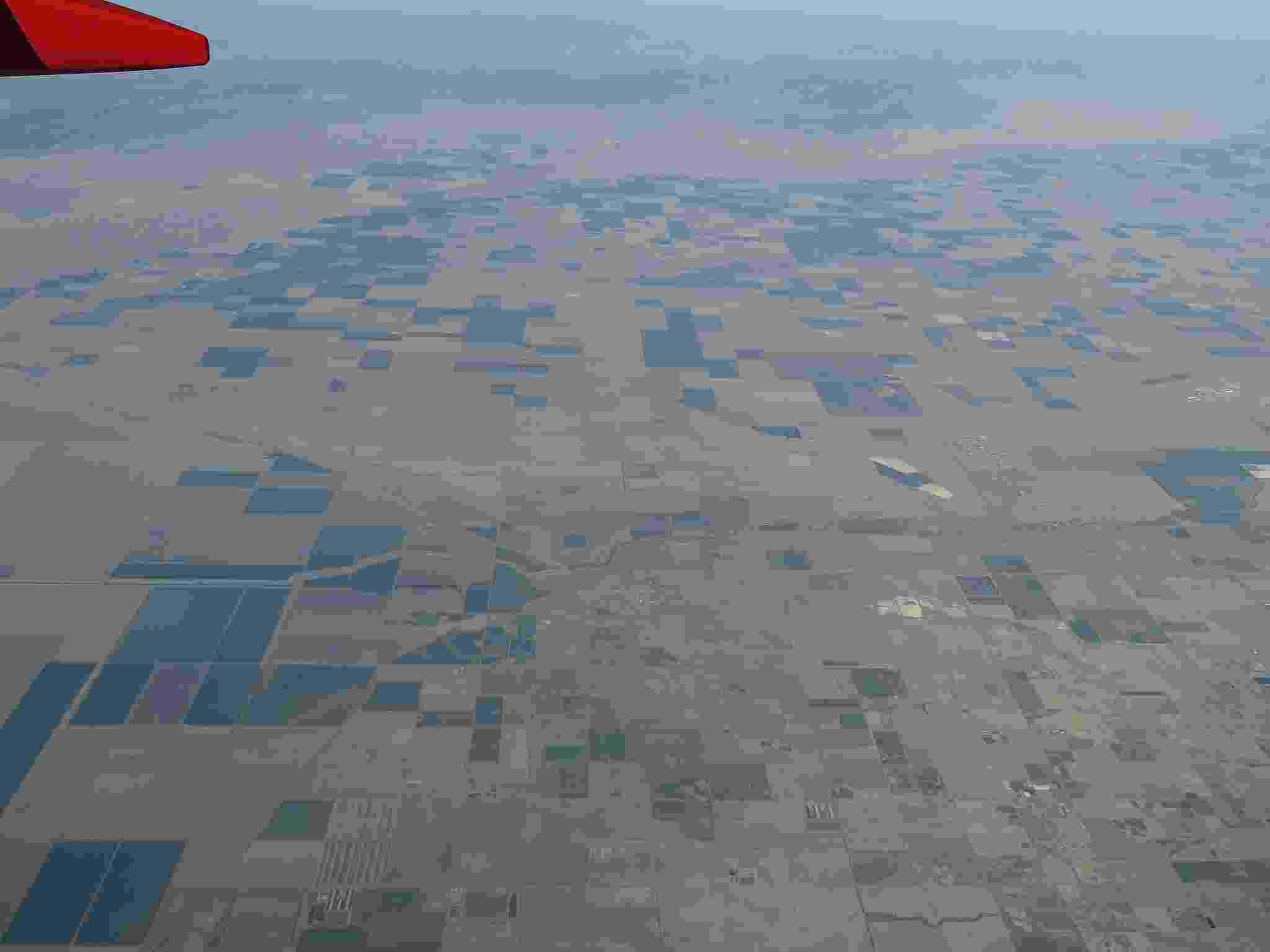Surface water and groundwater: one water
21 March 2022
Dr Brian Thomas
Analogous to surface water reservoirs, geologic formations beneath the Earth’s surface readily store, transmit and produce water of sufficient quality and quantity to fulfil water demands. This subsurface resource, groundwater, provides critical freshwater resources for more than 2 billion people and stores an estimated 90% of Earth’s non-frozen freshwater. Given the immense volume of water held in subsurface stores, these aquifers are seen as a vital resource for water and food security. As described by Theis, abstraction of groundwater from aquifers cedes consequences, where abstracted volumes are fulfilled from a decrease in storage (i.e, depletion of the aquifer), increased recharge (i.e., induced recharge) and/or decreased groundwater discharge (i.e., springs and baseflow).


Groundwater scarcity/rejuvenation study
Despite its importance to freshwater availability, groundwater is often poorly surveilled, meaning that assessments of water availability are difficult if not impossible to perform. A “free-for-all” mentality emerged due to the lack of surveillance, as little governance was enforced to record abstraction volumes and corresponding changes in groundwater storage. Akin to a bank account, we have overspent by abstracting groundwater at rates that exceed recharge. As a result, groundwater depletion has emerged as a global phenomenon with numerous consequences. Deeper groundwater levels require more energy to pump water to the surface, and groundwater-dependent ecosystems dry up, impacting geochemistry, biodiversity, and ecological functionality. Inaction and continuation of the status quo will impact agricultural production, energy production, water security and cause geopolitical strife.


California's Central Valley is a large, flat valley, dominating the geographical centre of California
Groundwater storage is characterised by a long residence time, orders of magnitude longer than surface water systems. As a result, groundwater reacts to change at longer timescales. This long-term resilience to change is a factor seen by many as a justification to use groundwater resources to mitigate food and water security risk. However, as groundwater levels decline, groundwater resilience fails, and depletion rates increase. As an example, the Central Valley Aquifer in California has experienced unsustainable groundwater use for decades in order to irrigate one of the most fruitful agricultural regions of the world. Groundwater depletion has been widespread, where year on year groundwater storage has decreased. The recent and monumental drought over the southwestern US has triggered more groundwater use, where surface water allocations used for agricultural irrigation have ceased, requiring additional groundwater abstraction to fulfil agricultural water demands. The combination of sustained overdraft and increasing need for groundwater has culminated in a food security calamity, where the availability of groundwater has required deeper and deeper wells to extract resources needed to sustain agriculture.
Managed aquifer recharge (MAR) is seen as an important tool to combat global groundwater depletion and enhance water security. MAR actively introduces water either directly to the aquifer or within a region where unsaturated overburden properties ensure recharge. MAR works on the assumption that additional recharge to the aquifer provides a benefit, where benefit may refer to ecological, risk management or resilience benefit. As applied in practice, however, a simple water budget balance cannot resolve unsustainable groundwater use. The Coachella Valley in southern California has long been overdraft. In an effort to mitigate groundwater depletion, water managers initiated MAR, effectively closing the budget gap between abstraction and recharge. The spatial benefits, however, were uneven, with some regions of the aquifer continuing to observe declines in groundwater elevations of 2m/y, raising important questions about sustainable aquifer management. MAR represents an important future component of groundwater management, but application as a management tool requires addressing spatial coherence and systematic changes to groundwater-connected ecosystems remains.
And what if we get it wrong? Groundwater serves as a primary or sole source of water for billions of people, especially in rural areas. What if groundwater becomes unreliable for those users? If a well in central Uganda goes dry, where do the families who depend on that source go for water? How will climate change influence seasonality of groundwater recharge? How can we overcome groundwater surveillance challenges to evaluate the current state of groundwater systems? The consequences are potentially dire, meaning that multicomponent initiatives and grounded science are needed more than ever.


In England, groundwater provides approximately 1/3 of public water supplies. In 2017, abstractions from 28% of aquifers were deemed unsustainable. Predicted wetter winters and dryer summers will alter groundwater recharge in yet unknown ways. These uncertainties and unknowns need to be studied. Recognition of the importance of groundwater in the UK has failed to transfer to the national curriculum and university offerings. Such short-sighted vision may allow UK groundwater users to answer the question: “What if we get it wrong?”.
The focus on groundwater for World Water Day should be a beginning, not an end. Important ecological, societal, and hydrological consequences are at stake. It’s up to all of us to take off our blinders. Recognise the consequences of groundwater depletion. Recognise the long-term resilience of sustainably managed aquifers. Recognise that MAR isn't the sole Superman to save us all. Recognise that surface flooding coincides with high groundwater levels. Recognise that it is one water. Let’s not get it wrong.



